Partial service disruption: AWS is experiencing an outage affecting Formative. We’re monitoring and will restore full functionality as soon as possible.


People in the United States have honored Native American Heritage Month since 1990. Celebrated in November, it coincides with the end of the traditional harvest season for many Indigenous tribes, which is typically a time for celebration.
Today, we’re sharing 17 Native American Heritage Month activities to help your students better understand the experiences of various Native American tribes in the United States.
Need a lesson to introduce your students to Indigenous traditions, culture, or leaders? Try one designed for their grade band to share on-grade-level themes, questions, and analysis.
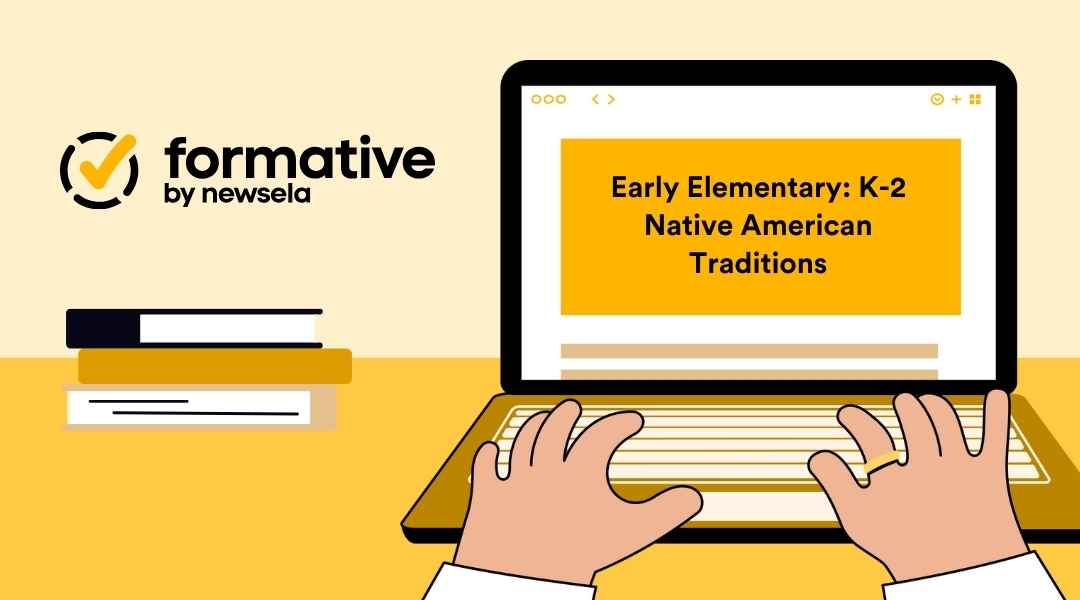
With your youngest students, you can explore Indigenous traditions from different regions in the United States, from the East Coast, Central Plains, West Coast, and Alaska and Hawaii. Students can learn different festivals, events, and cultural clothing that are hallmarks of different tribes.

Upper elementary students can dive deeper into cultural hallmarks of these tribes by exploring Indigenous art, music, food, and architecture. Use a variety of question and response types, like audio responses and matching, to check their understanding.
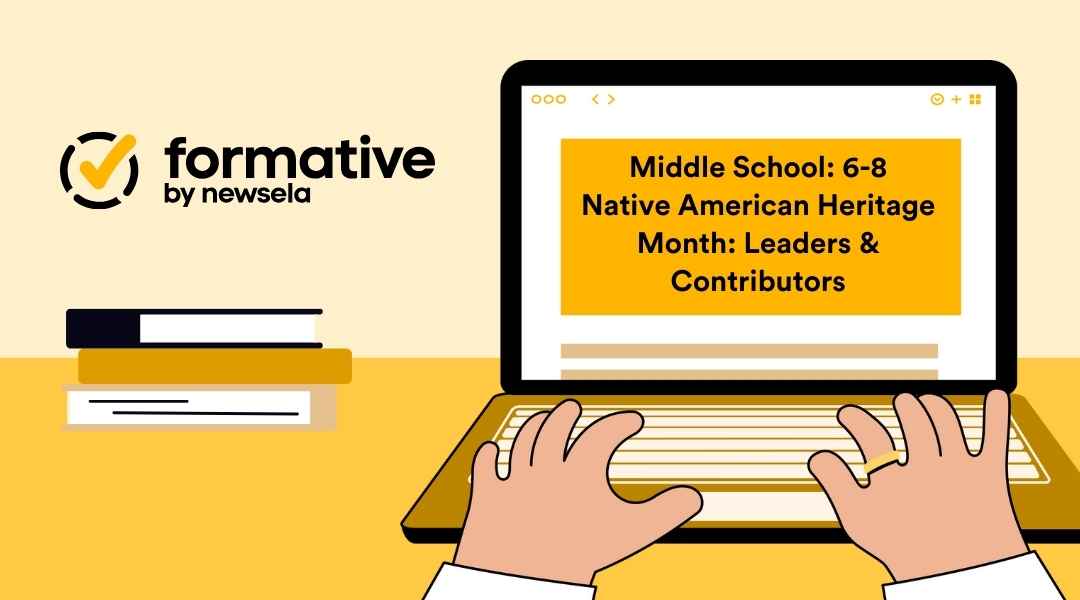
Middle schoolers can learn about key Indigenous leaders and their contributions to areas like politics, education, and advocacy. Use this activity alongside your social studies lessons to check their understanding of the significance of these Indigenous figures.
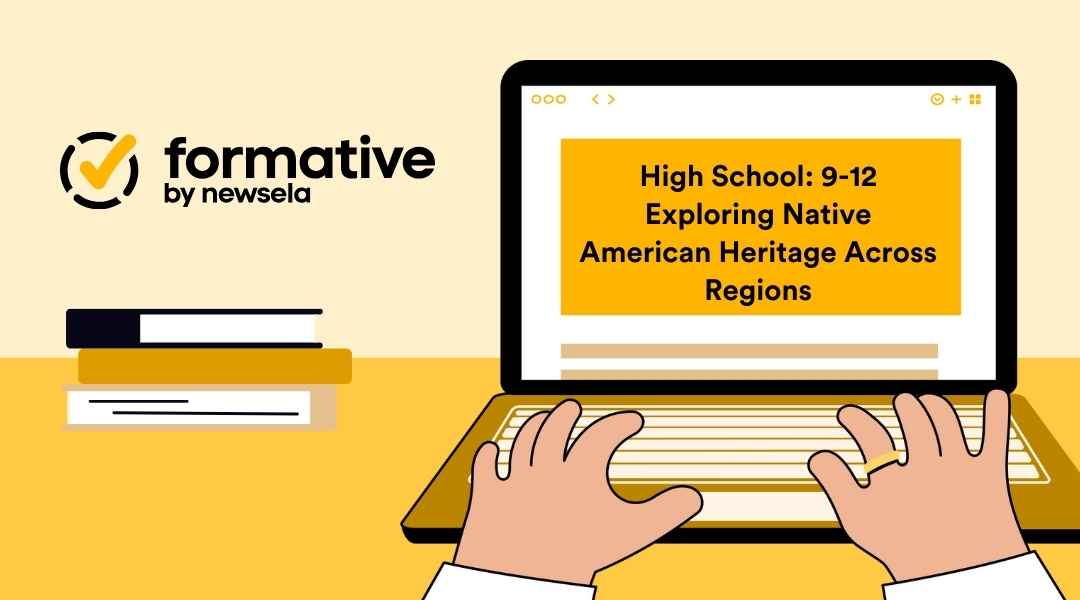
Your oldest students can explore key historical events and Indigenous cultural traditions throughout U.S. history. Students can learn about moments in history that impacted Indigenous groups and use this activity to show what they know.
Help your students understand the impact the decisions of European colonists had on members of Native American communities and on our entire country by examining primary source documents.
If you’re also a Newsela Social Studies subscriber, you have access to even more great features that make teaching and sharing primary sources easier. Help students break down each resource at five different reading levels and dig into the content in a way that’s more accessible.
Please note: Some of the terms used below are considered outdated. We’ve used them here to reflect the original names of documents and language used throughout history. You can discuss with students how acceptable language can evolve before introducing these materials.
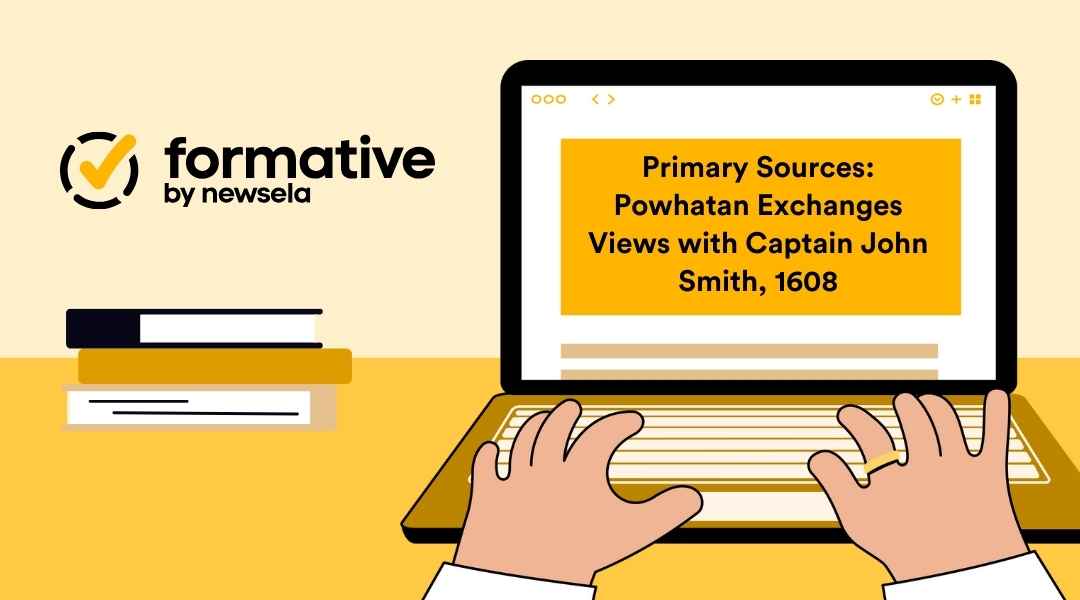
Captain John Smith was an English explorer who helped set up the first permanent English colony in Jamestown. In 1607, Powhatan, the chief leader of the Native American nations in the area, captured him. After Smith’s release, he and Powhatan tried to create peace and trade between the two groups.
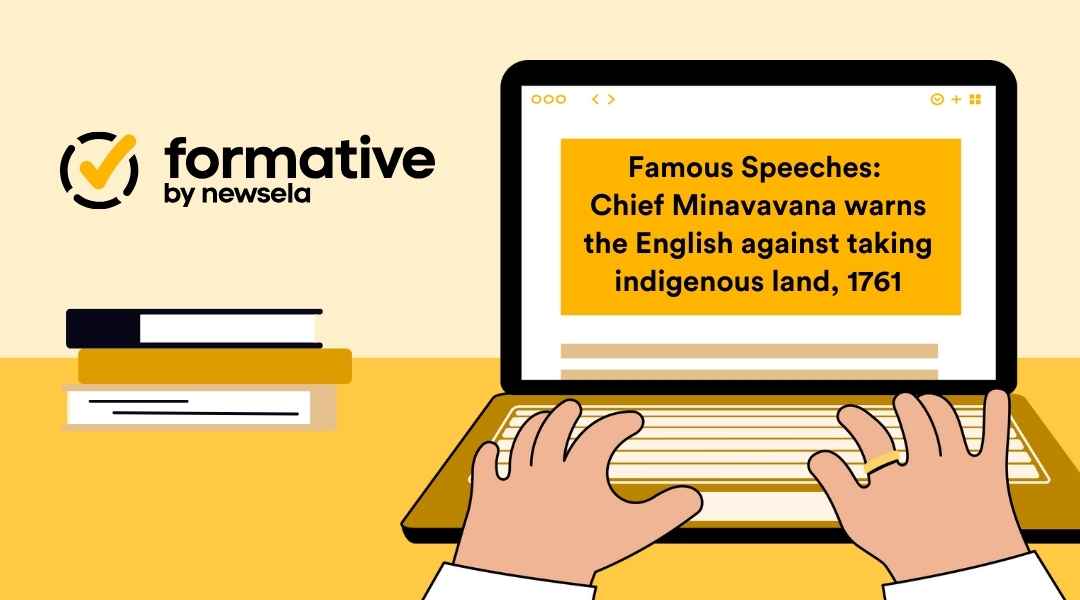
Following the British victory in the Seven Years’ War, also known as the French and Indian War, the English expanded further into the Americas. As they moved, they began to take more Indigenous land. Chief Minavavana was a leader of either the Chippewa or Ojibwa people, and while he wanted peace with the new settlers, he also didn’t want them to take Indigenous land.
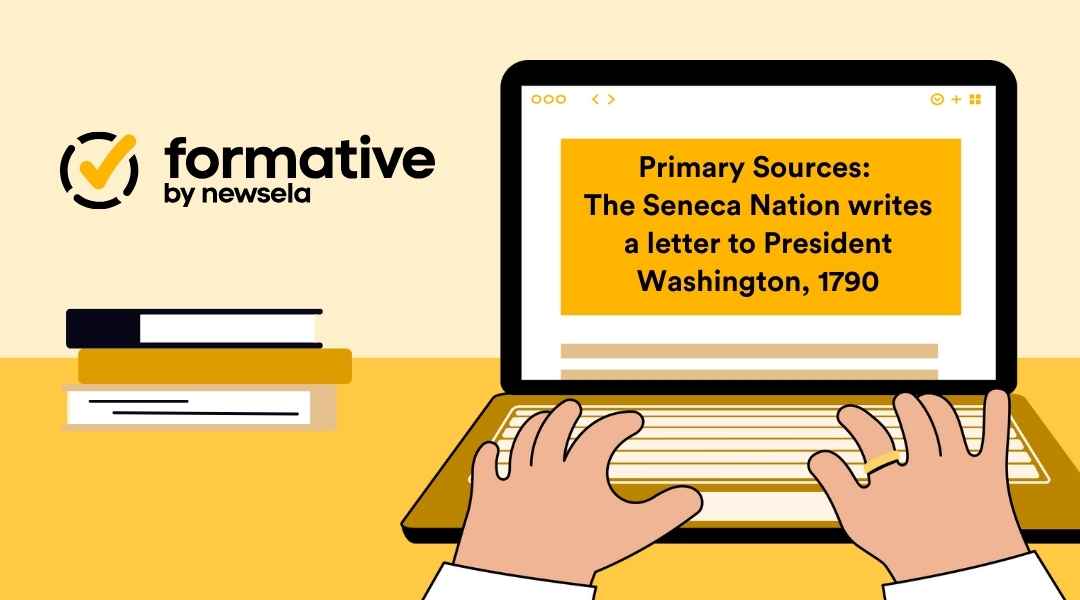
In 1790, seven years after the American Revolution ended, a group of Seneca leaders—including Big Tree, Cornplanter, and Half-town—sent a letter to President George Washington requesting that he return their land, as stated in the Treaty of Fort Stanwix.
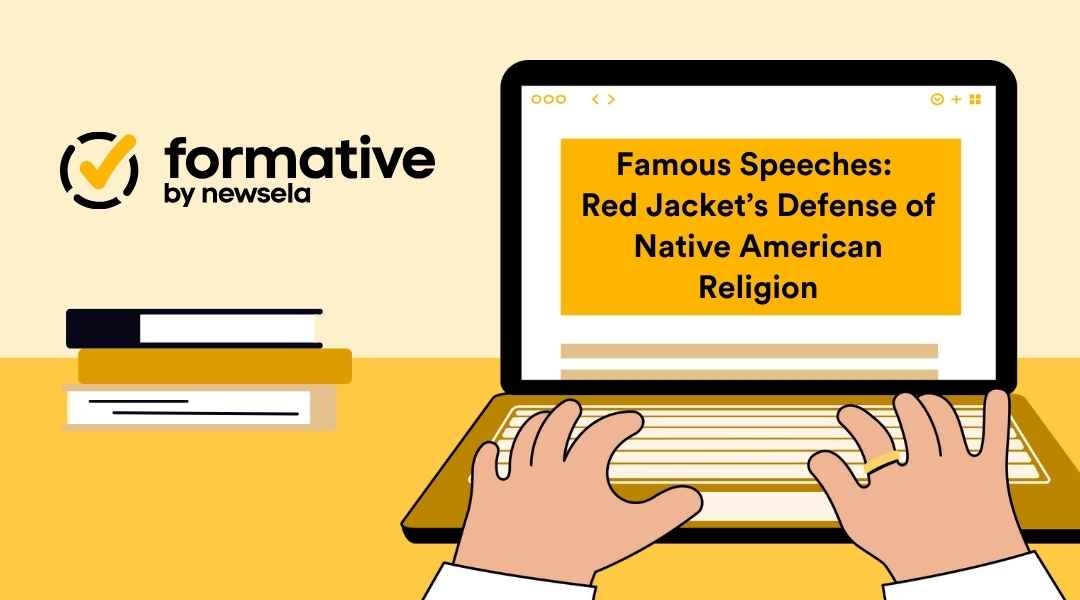
Red Jacket was a Native American Seneca chief and a member of the Iroquois Confederacy. He became a mediator for the nations with government officials of the newly formed United States following the Revolutionary War. In 1805, a missionary group from Boston asked Red Jacket’s permission to bring their religion to the Iroquois groups in the area.
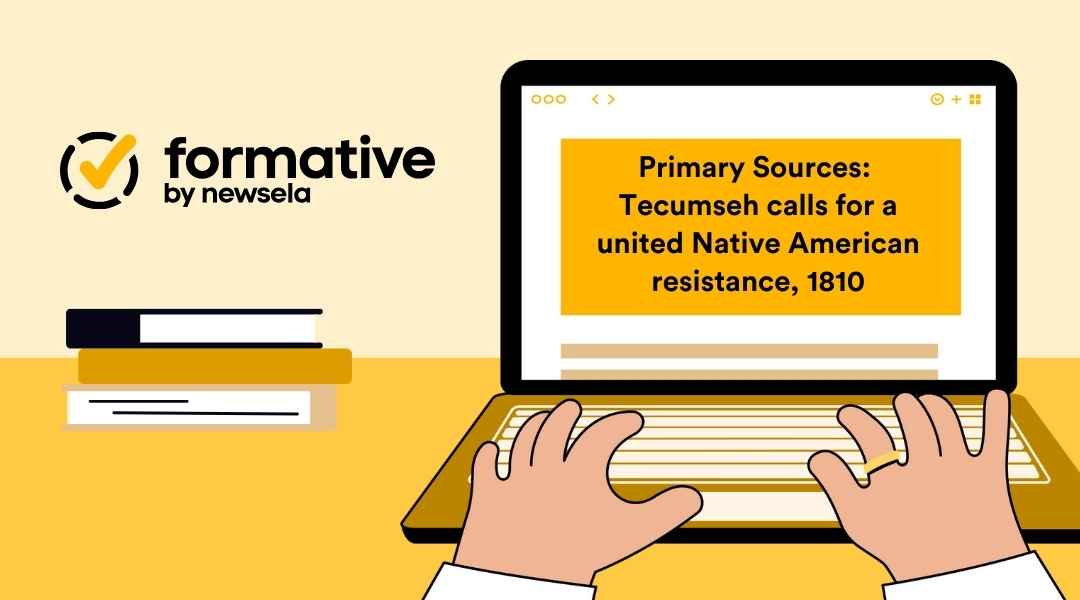
Tecumseh was a Shawnee warrior chief who called for a united Native American resistance to rise up and push back against Anglo-American settlers. In 1810, he wrote a letter to Governor William Henry Harrison—who later became the ninth president of the United States—to announce pride in his heritage and his feelings about settlers.

On December 6, 1830, President Andrew Jackson addressed Congress and defended the Indian Removal Act, which called for the relocation of eastern Indigenous groups to land west of the Mississippi River. Government officials passed the act to open Indigenous lands for settlement, which led to events like the Trail of Tears.
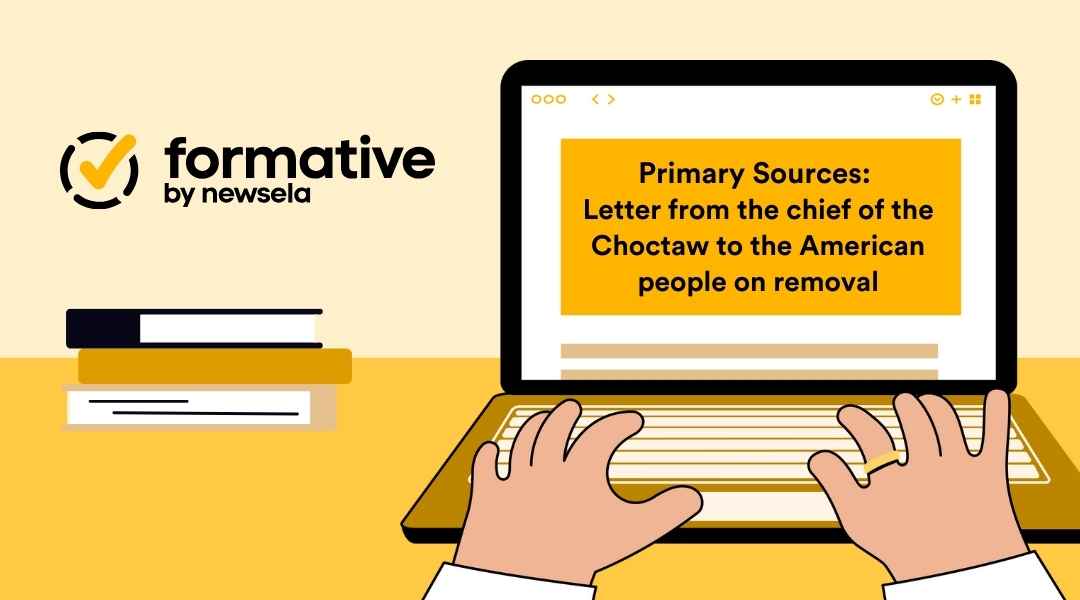
After the passage of the Indian Removal Act, the Choctaw were one of the nations forcibly moved. Chief George W. Harkins wrote a letter to the American public to express his feelings on the subject of removal.

In 1835, the Treaty of New Echota tried to remove the Cherokee people from Georgia. The tribe argued that the treaty wasn’t legitimate because it wasn’t signed by the Cherokee tribal leadership. In 1836, Cherokee leader Chief John Ross signed a petition against the treaty and sent it to Congress to voice his nation’s opposition to the treaty and the way the U.S. Government had treated them.
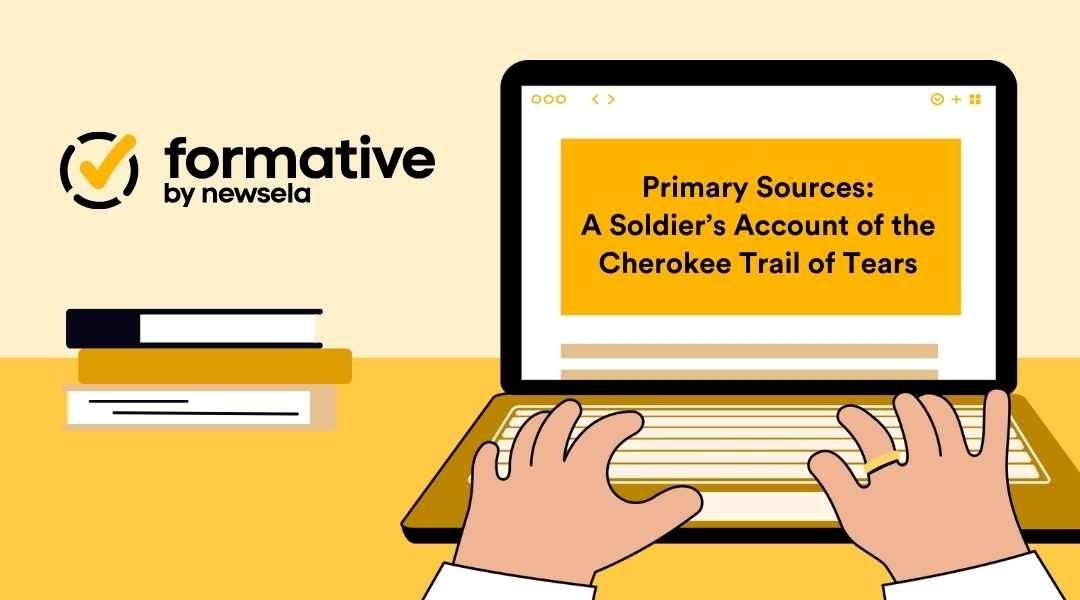
Soldiers who went to remove the Cherokee from their land in 1838 and bring them west of the Mississippi weren’t unaffected by the tragedy that became known as the Trail of Tears. On his 80th birthday, Private John G. Burnett, one of the soldiers who partook in this mission, wrote a letter to his children describing his experience.

The Luiseño were one of the Indigenous groups of coastal Southern California. In the 1800s. Pablo Tac, a member of the group, spent his childhood in the San Luis Rey Roman Catholic Mission. His writings are one of the few existing accounts of Indigenous peoples with experience living in a mission.
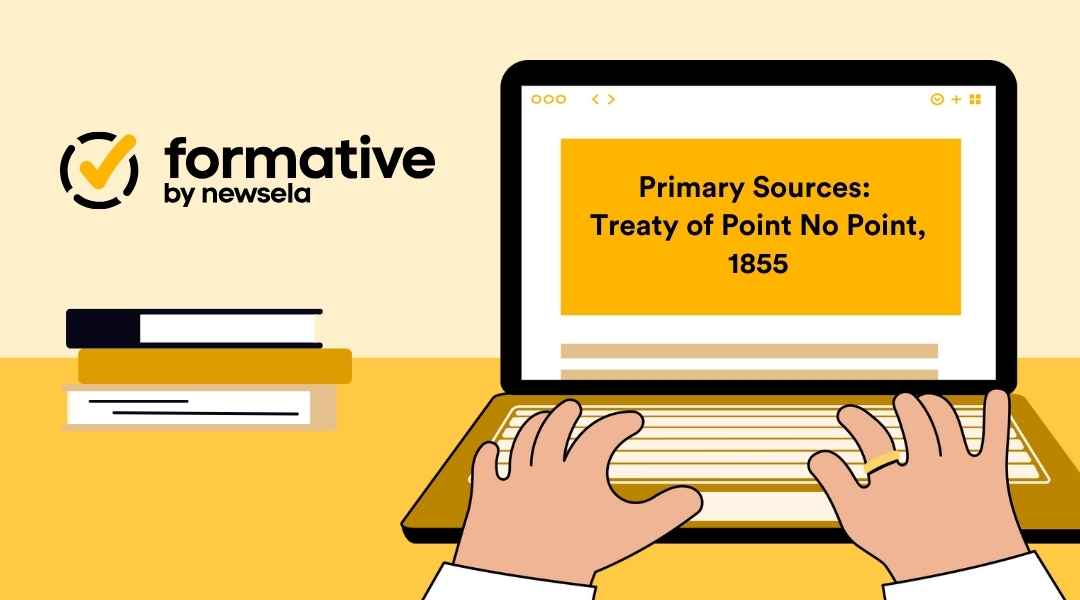
Signed on January 26, 1855, the Treaty of Point No Point ceded land ownership in the Pacific Northwest from tribes of the northern Kitsap Peninsula to the United States in exchange for hunting and fishing rights. The agreement also required the Indigenous people to trade only with the United States, free all their enslaved people, and stop all future enslavement practices.
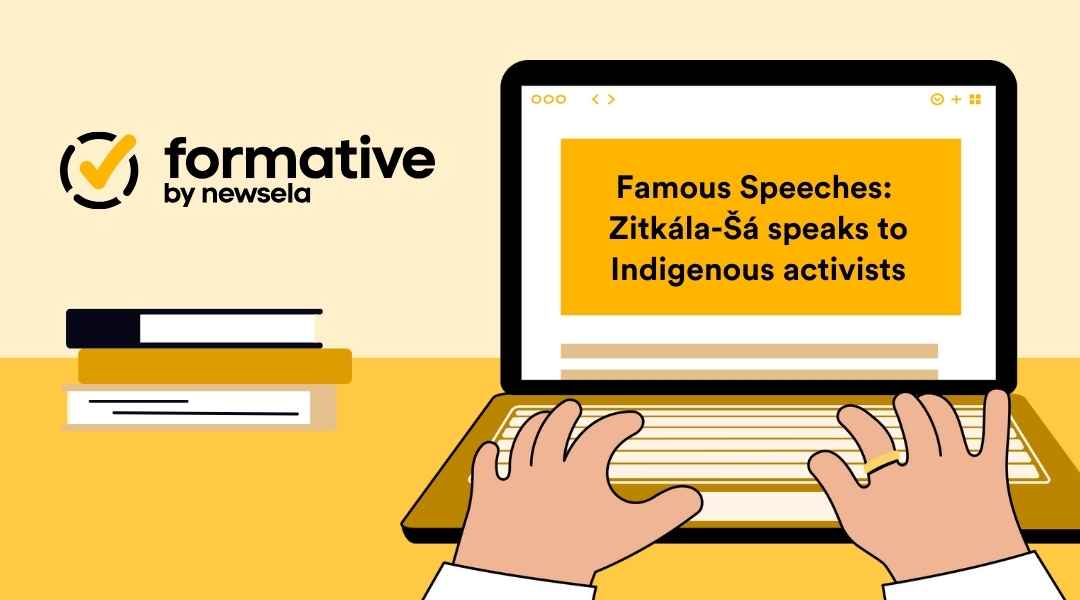
Zitkála-Šá was a Yankton Sioux writer and educator. On October 2, 1919, she gave a speech at the Annual Convention of the Society of American Indians, where she encouraged Indigenous people to push to have their experiences included in what was considered “American life” for the time.
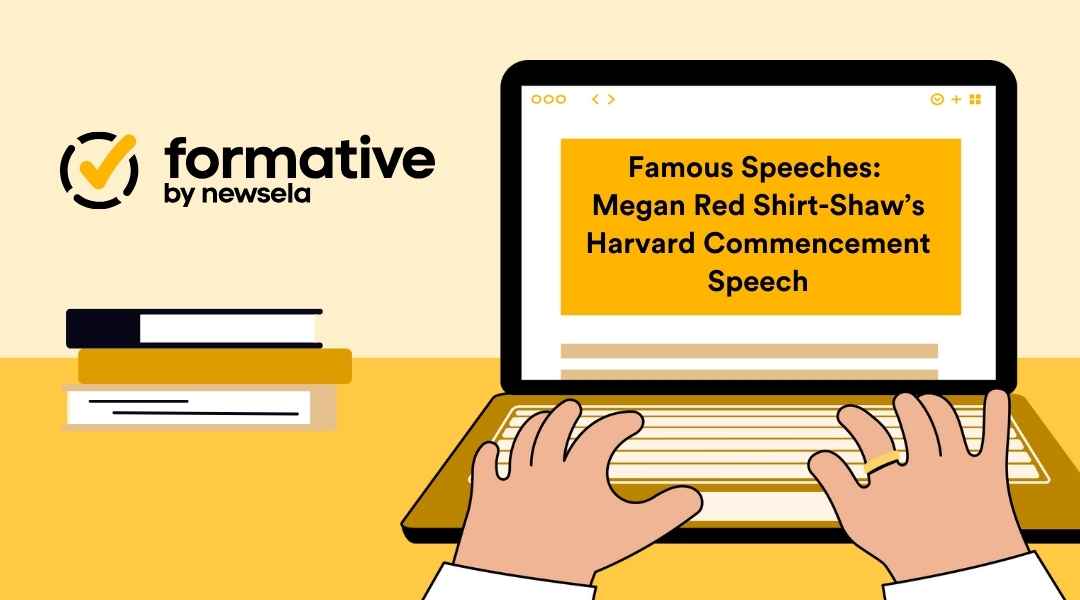
Megan Red Shirt-Shaw is a member of the Oglala Sioux Tribe. When she earned her master’s degree in Education from Harvard University in 2017, she gave a speech where she spoke in an Indigenous language, reflected on her experience at Harvard, and encouraged all who listened to remember those who came before them and helped them succeed.
Want to create your own Native American Heritage Month activity or formative assessment but aren’t sure where to start? Your AI-powered teaching assistant, Luna, can help! Try one of these grade-band-appropriate prompts, or start chatting with Luna right in Formative to see what you can create together:
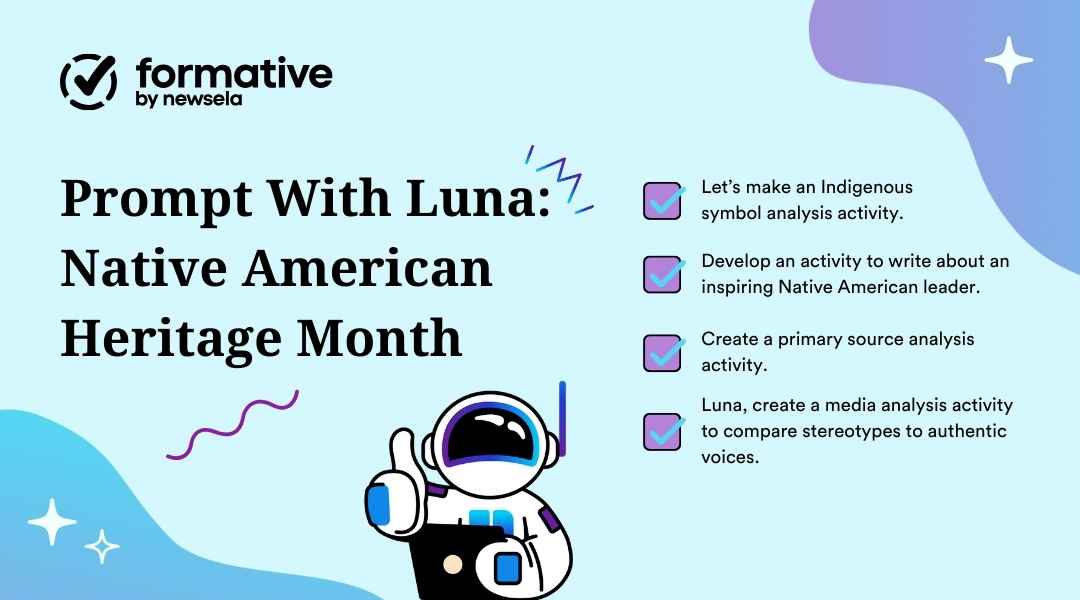
Try these prompts to create intro activities perfect for adding Native American Heritage Month content to your early elementary lessons:
Go deeper with students who already know the basics of Native American history with prompts like:
Ask middle schoolers to put themselves in other people’s shoes with Native American Heritage Month activities like:
Have high school students practice their critical thinking skills with the activities these prompts can generate:
The Formative Library has a variety of free, pre-made activities developed by our curriculum experts and educators like you. You can use these templates as-is or customize them to fit your instructional needs.
Log in to your Formative account and choose how to customize your lesson or assessment. You can create new slides with various multimedia, including audio and video, import content from Google, or enhance a PDF or existing document using Luna.
Don’t have a Formative account yet? Sign up for Formative for free today to start creating activities for Native American Heritage Month and beyond!
